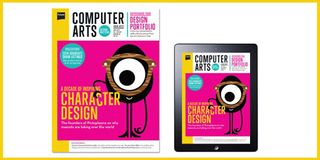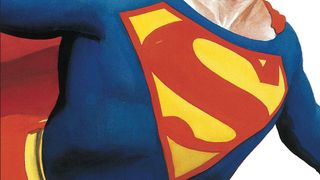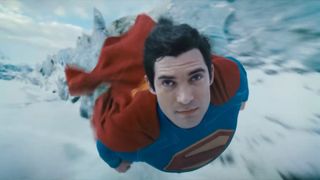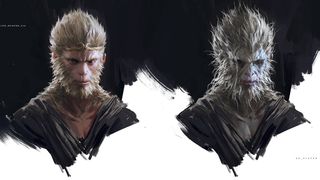Jon Burgerman on why comfort is a killer
He’s exhibited with Banksy and Vivienne Westwood, but now the character designer tells Julia Sagar why he wants to ruin his hard work.
Almost four years ago Jon Burgerman packed up his pens and swapped his native Nottingham for the bustling streets of New York, in search of new creative challenges.
In that time, the award-winning artist and character design ninja has joined a band, eaten a lot of pizza and increasingly placed his charismatic, chaotic characters into the public sphere, inviting audiences to engage with his work and take it in new, unexpected directions.
Armed with a film crew, the Computer Arts team found a quiet corner inside Dublin's buzzing Bord Gáis Energy Theatre during March's Offset conference and took five with the man who made doodling famous.
This extract is taken from Computer Arts issue 227, a character design special. To read the full interview, buy the print issue here or the award-winning interactive digital edition here: UK and US.
You can also save up to 42 per cent on a Computer Arts subscription with this special offer, available for a limited time only.
Why is it so important to take yourself out of your comfort zone?
If you're a creative person, comfort is a killer. If you pre-empt exactly what you're going to make every time then where's the excitement? Where's the danger?
We don't want to fail, but the fact that there's a very real chance that you might keeps you on your toes. But if it's super easy every time you just get lazy and your work won't grow or develop. It's important to keep moving.
There's an analogy I read about a rock climber: when you slip, you refocus 100 per cent more because you know you might fall down. It's like that. It's good to have those little slips and bumps, and refocus our attention.
Can you tell us about a recent creative project that involved taking a risk?
I was invited to be in a group show in Cincinnati and I decided that I wouldn't make any work for it - I would make props that the audience could play around with, and then what they make is the artwork.
I was trying to encourage people to become creative. It's not just a passive experience in viewing art or design or anything: the missing piece of the puzzle is the audience - they have to bring something to it to complete the circuit.
This is what I mean about being comfortable. It's about involving others, sharing the work, allowing other people to creatively engage with it and to see it in a whole new way. That's amazing.
You've said that creating art can be like a performance. Can you elaborate on this?
The act of making, for me, in my head - which is how I describe it to myself while making it, probably as a means of distracting myself from the task at hand so as not to be overwhelmed and screw it up - is that it's like a dance or something.
You're making these marks and making a sound, and when you get to that flow stage you forget what you're doing. You're making, thinking and anticipating what you're going to do next - and reviewing what you've just done in the same instance - and you go into this weird little trance.
I don't know much about dance, but I've seen a few things and I feel there are some similarities with that - making, display, creating, analysing - and what must be going through their heads in the ballet.
You can see more of Computer Arts' exclusive interview with Jon Burgerman via the Computer Arts YouTube channel. And for the full interview, you can buy issue 227 of the magazine here.


Thank you for reading 5 articles this month* Join now for unlimited access
Enjoy your first month for just £1 / $1 / €1
*Read 5 free articles per month without a subscription

Join now for unlimited access
Try first month for just £1 / $1 / €1
Get the Creative Bloq Newsletter
Daily design news, reviews, how-tos and more, as picked by the editors.

Julia is editor-in-chief, retail at Future Ltd, where she works in e-commerce across a number of consumer lifestyle brands. A former editor of design website Creative Bloq, she’s also worked on a variety of print titles, and was part of the team that launched consumer tech website TechRadar. She's been writing about art, design and technology for over 15 years.



